How to stay warm on a motorcycle
Published on: 24 January 2022
Recently, we published an article on how to stay dry on a motorcycle. In that piece, we covered a number of topics, like how membranes work, how water finds its way into garments, and what you can do to try to stay as dry when riding as you possibly can.
In that story, and its accompanying video, we suggested that annoying and uncomfortable as it can be to become wet when you’re on the bike, one of the most significant considerations when we get wet is the impact it has on staying warm. And that’s because we lose body heat far faster through a wet environment than we do through a dry one.
As it was in our piece about staying dry on the bike, one of the crucial factors when it comes to staying warm on the bike, therefore, is to wear clothing that is breathable. And this is vital because to stay warm we need, as we have stated, to stay dry; and we won’t stay dry if our motorcycle clothing doesn’t breathe. We’ll just get sweaty and wet! And ultimately really cold.
The starting point is a base layer worn next to the skin. Classically, this is going to be something synthetic or something in, say, Merino wool. If staying dry or warm is something you are concerned about, you should never wear anything in cotton. The long-yarn fibres in cotton absorb moisture. When cotton becomes wet, it does not breathe. The moisture spreads and becomes a wet patch. As you continue to sweat you’ll just get wetter and wetter, and because of this you will start to lose body heat.
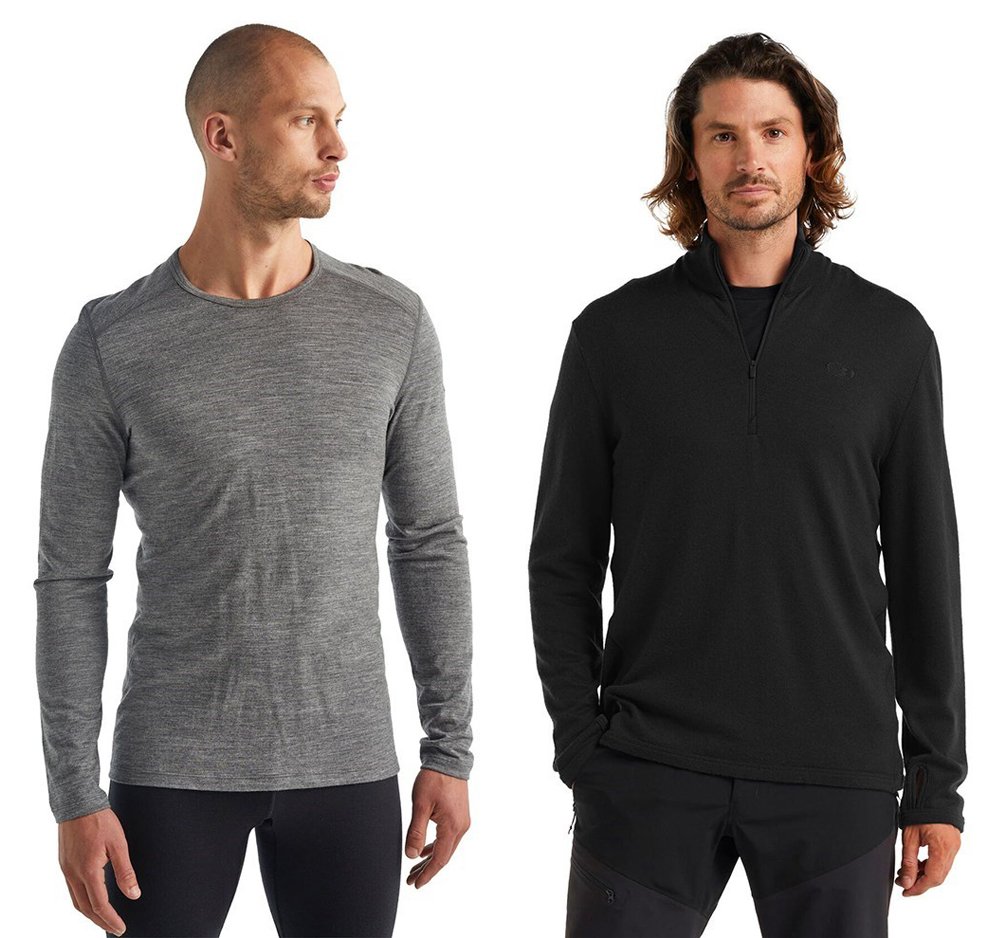
A proper, breathable base layer is not expensive. We can be talking about something as simple as a mesh top that is unlikely to set you back more than £20-£30. A slightly better solution would be a lightweight Merino top, and that’s a better solution because Merino has other qualities. It can hold a lot of moisture without making you feel wet, it is excellent at trapping heat and it can be worn repeatedly before it starts to smell. In terms of a weight, we would be talking about something between 150g. and 200g..
What many people understand about layering is the ability to add or remove layers in accordance with the temperature or level of exertion. So when it’s cold you add a layer; when it’s hot you can remove one. But also important to the concept of layering is the air gap between the layers. This further aids wicking, and can serve to trap even more heat. And so a 150g. Merino layer beneath a 200g. Merino layer will actually be warmer than a 350 g. layer on its own. As well as more versatile.
What works best for you will depend on many factors to do with how you perceive cold, the outer garments you are wearing and so on, but the foundation for any serious attempt to stay warm on the bike will be underpinned with a good layering system.
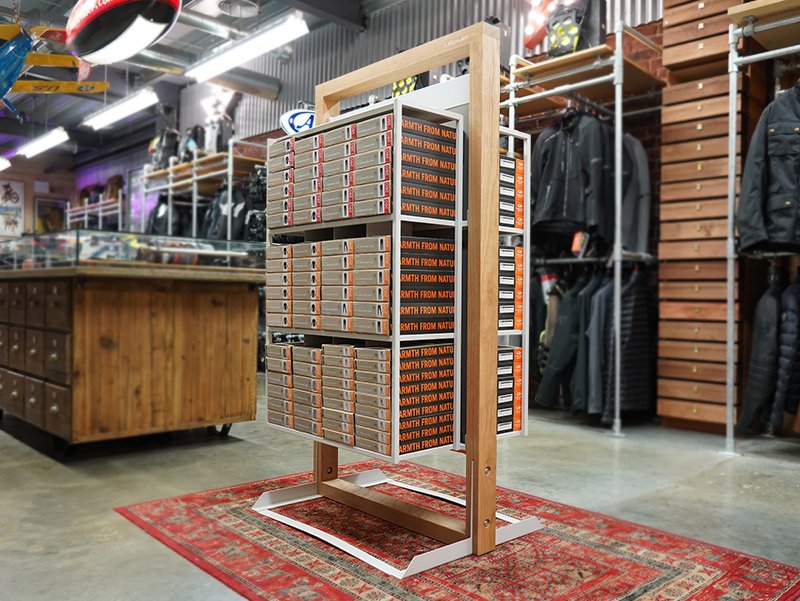
Icebreaker, with whom we work, offer 150g., 200g., 260g. and 320g. weights. And for those who go out on chilly rather than really cold days a couple of layers of Merino may well be more than up to the job.
Please excuse us if we cover here some territory that, to some, may to some seem blindingly obvious. And if you’ve been riding for many years this may be the case. But those who are newer to biking will not necessarily appreciate what might, to others, be considered the basic principles.
A waterproof membrane is obviously important when it comes to keeping the rain out, but a waterproof membrane is also a windproof membrane, and a windproof membrane is crucial when it comes to combatting what as known as the ‘wind chill factor’. The wind chill factor accounts for the effect the wind has on the way temperature is felt by the body.
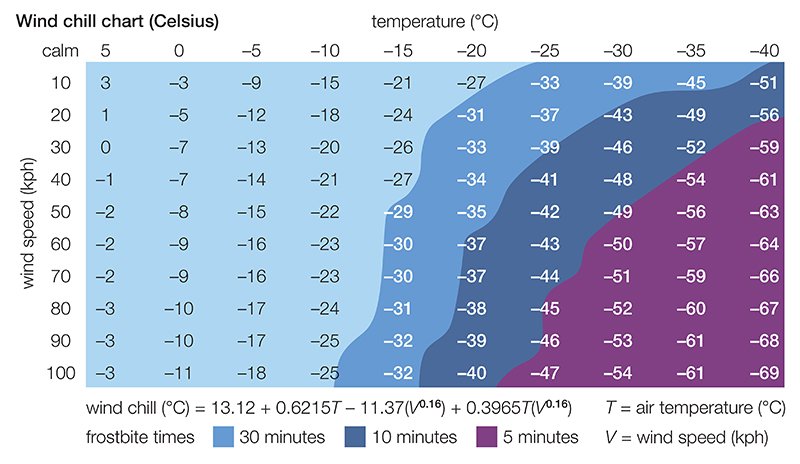
Let’s say the temperature is five degrees. That’s chilly, but if you ride on a motorbike at 70 mph, the body will react as though the temperature is minus two degrees, and the body will lose heat as though that was the ambient temperature. The same speed at zero degrees, by the way, will be felt as minus nine degrees. And that’s really cold!
On a bike, the wind chill factor can have a dramatic effect on our ability to ride safely and stay in control of the bike. Even at two or three degrees, most of us are not going to be able to concentrate on what’s going on around us. At minus nine you are thinking about nothing other than how cold darned you are.
You may have base- and mid-layers on, but without a windproof membrane that wind can pass right through your clothing and layers straight to the body. And so, whenever it’s cold, it is imperative that you have a waterproof jacket, even if it isn’t raining.
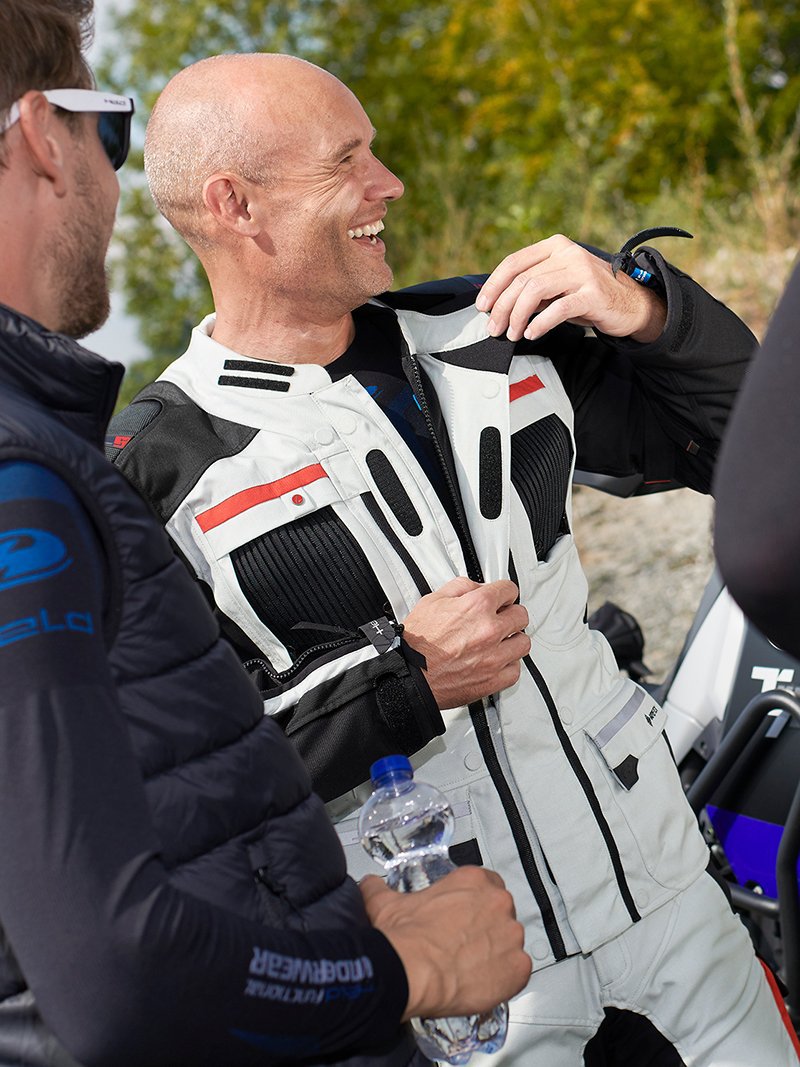
Recently, I watched a review of a jacket on YouTube. A guy had bought an adventure jacket. He went for a ride in it, and then did a review saying that he was bitterly disappointed because it wasn’t very warm. The poor guy had no idea that he was riding in a jacket designed for deserts and not for the British winter. With no membrane the jacket was never going to keep him even the slightest bit warm.
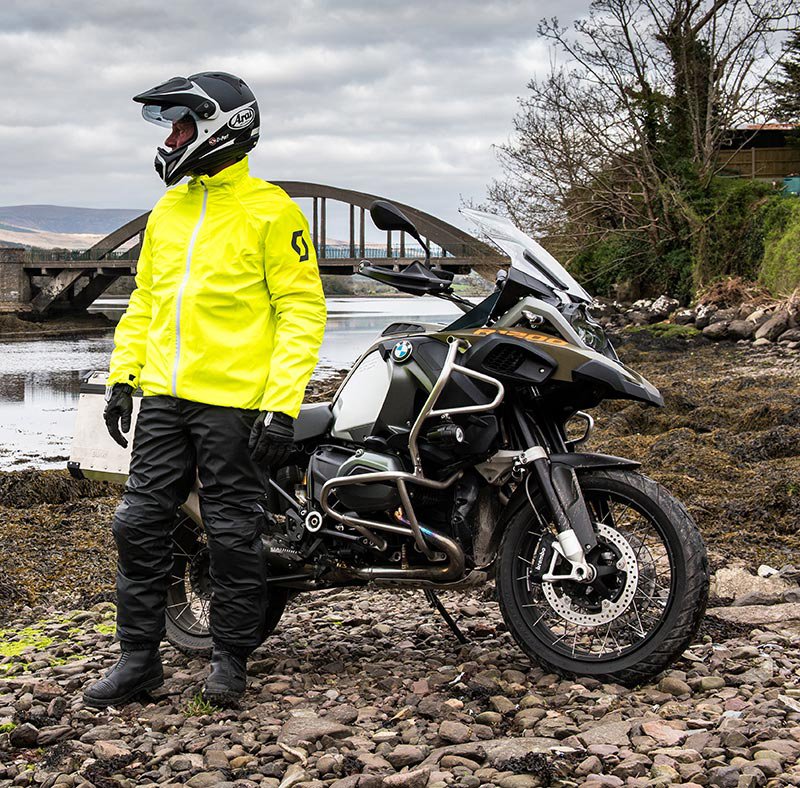
Experienced motorcyclists also know that if it gets really cold, and they are already wearing a waterproof jacket and all the layers they have, the easiest way to retain body temperature is to put on a waterproof over the top of their jacket. It’s another wind barrier. Put it on, and you will further, and quite dramatically, reduce the effects of wind chill; you will lose less body heat. You will feel warmer. In our experience, nothing beats the waterproofs we sell from Scott.
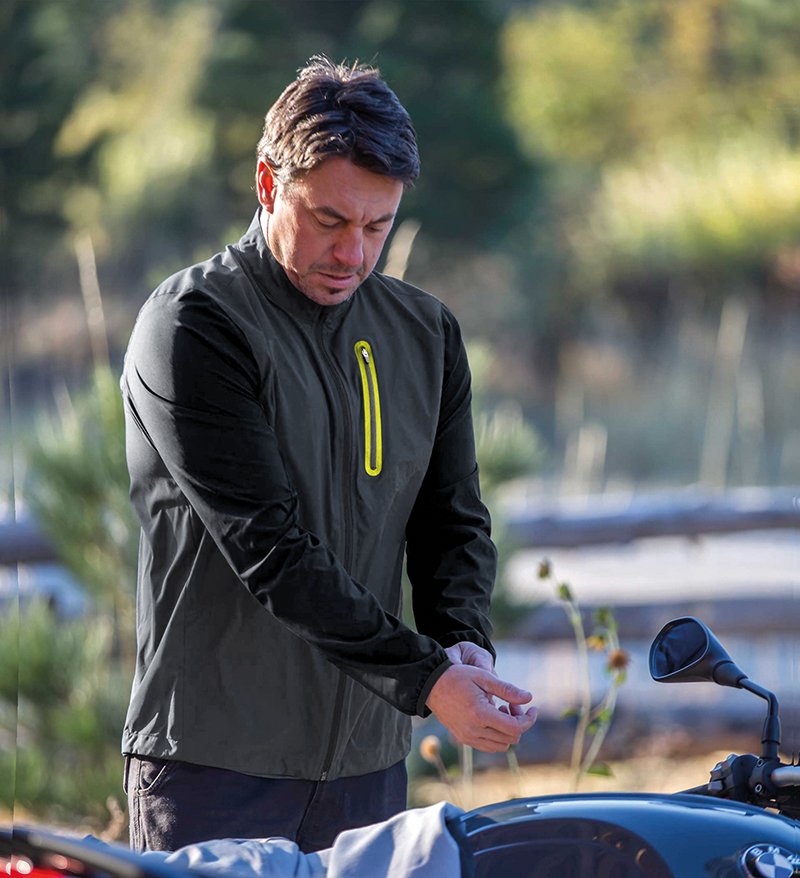
Klim actually has a wonderful, lightweight inner jacket called the Zephyr. It is a super-lightweight, foldable windproof jacket. It takes up no space on the bike, but if it gets cold putting it on beneath your motorcycle jacket can make a huge difference. If your outer jacket is not waterproof, something like the Zephyr could be considered essential if you’re trying to stay warm. It can turn a lightweight summer jacket into the kind of jacket you can wear in much cooler conditions. But as with a waterproof worn over a jacket already equipped with a membrane, if you put on something like the Klim Zephyr beneath a waterproof jacket, you will maintain more body heat.
So even if you think you will never ride in the rain you probably still need a waterproof jacket, because here in the UK you might occasionally be able to avoid the rain, but you certainly won’t be able to avoid the cold!
There are dozens of ways to insulate heat that is generated by the body. And that is how thermal liners work. They trap the heat that the body is always generating.
Many of these garments use what is known as a hollow-form fibre. As the name suggests, these fibres are hollow in the middle, and it is in these hollow voids that warm air is trapped. These liners help you stay warm. There are lots of brands of hollow form fibre on the market: Primaloft, Thinsulate, Innoborne and so on. They all have slightly different qualities, but they all work in a similar way. In most cases, motorcycle jackets that come with a removable, inner, thermal jacket will be made with some form of hollow-form fibre. And these jackets do a pretty reasonable job.

You may also have heard about Outlast. And this is another technology that can help you stay warm. It is actually more of a temperature regulator than a thermal layer, per se, but used in the right way an Outlast liner can be very effective, but before it can deliver heat it has to absorb heat. It is too complex to go into here, but Outlast is a premium solution that can be very effective if used properly
And so a waterproof jacket with a hollow-form fibre, thermal liner, worn over appropriate base layers will be warm enough for most people in most circumstances. The problem is that we all feel the cold differently. We all ride in different conditions. And we all ride different bikes.
For some, therefore, this set up won’t be enough.
Recently, down jacket liners have become popular as a way of staying warm on the bike. Rukka was the first with its Down-X jacket in the Nivala. Klim followed suit with the Maverick in their Kodiak. As did Belstaff with their stylish LWU down jacket.
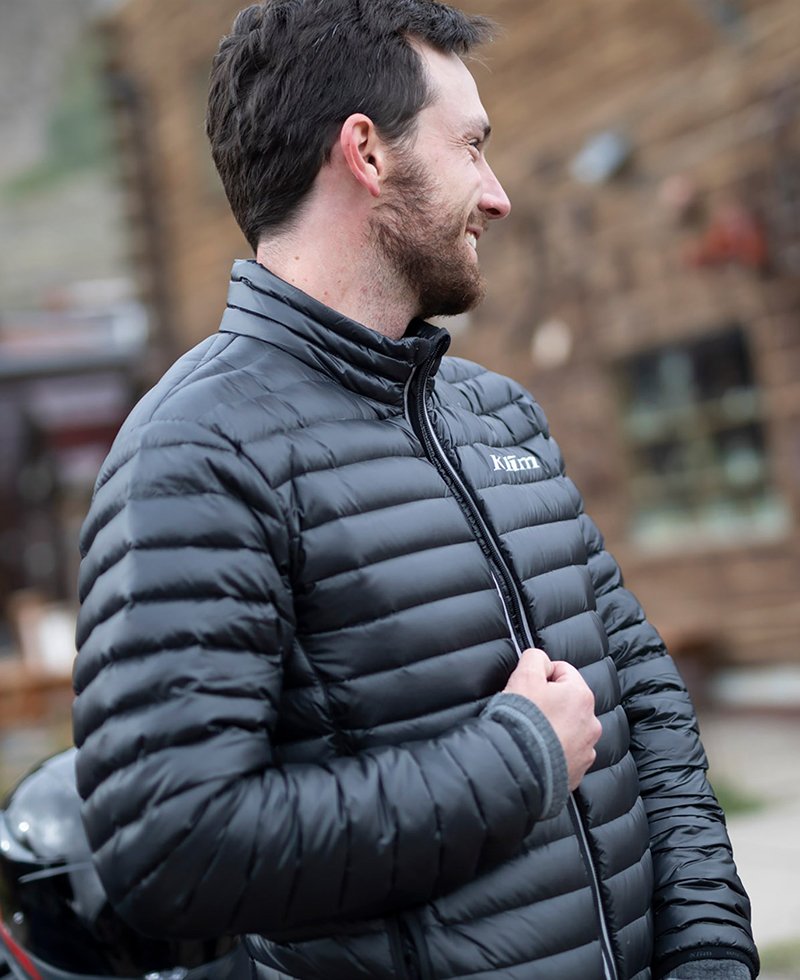
Down is extremely effective at trapping heat. But the beauty of a down jacket is that it doesn’t take up a lot of room beneath a jacket. A down jacket is also incredibly light, and is very comfortable when worn beneath an outer jacket.
The slight problem here is that not all down jackets are the same. The Klim jacket, for example comprises 90% duck down and 10% duck feathers. Now high street retailer Uniqlo does a jacket with the same constituent parts at a tenth of the price, but of course it has less of all of the important ingredients, what technically would be known as a lower ‘fill-power’ rating. And this is what makes finding the right down jacket for the motorbike a bit tricky. A really heavy duty jacket from someone like Arcteryx may be too thick and too cumbersome for the bike. But one that is too cheap may simply not be up to the job. There is no perfect answer here!
So a waterproof jacket with merino base- and mid-layers and, say, a down jacket on to of those layers gives you what is about as good as it gets in terms of body insulation. With this combination, most bikers are going to be more than warm enough.
Some, however, will still want or need more.
The problem with trying to stay warm on a motorbike is that, however many layers we wear, whatever their constituent parts, we are essentially only trying to prevent body heat from escaping. Now, if you are working hard, say off road, you will be generating lots of heat, but if you are sat on the motorway on a cold day at 70 mph, your body won’t be generating heat as fast as it is losing it. And so it is just a matter of time before you start to really feel the cold.
Once again, as we’ve said, this varies from person to person. Some feel the cold more than others. We talk about this a lot with customers. We have some who run hot, and who never feel the cold. And we have some who never feel anything but cold on the bike, and for whom the main consideration is always how to stay warm. In general, we have found, the thinner you are and the older you are, the colder you are likely to become on the bike.
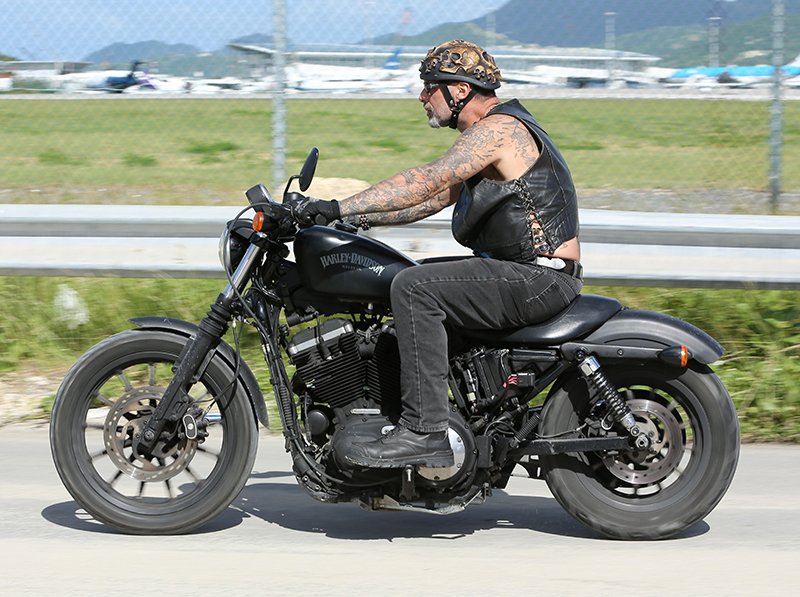
One of the problems here is that bikers like to think of themselves as a pretty hardy bunch. It is part of biking folklore that we can accept getting colder and wetter more than the man in the street. And it is often not the done thing to complain, for it invites the response that you should drive a car instead. You softie!
Now here at Motolegends we talk a lot about passive safety.
Of course, we are believers in the benefits of protective wear. Of garments made from strong fabrics that are highly abrasion, tear and puncture resistant. Of armour that absorbs the energy of an impact, and so on. These are the elements that constitute active safety.
But we are equally mindful of passive safety; and passive safety is about doing everything we can to put ourselves in a relaxed and comfortable state so that we can give our full concentration to the task of staying alive; to be aware of everything going on around us, and to be ready react to any changes that demand our response.
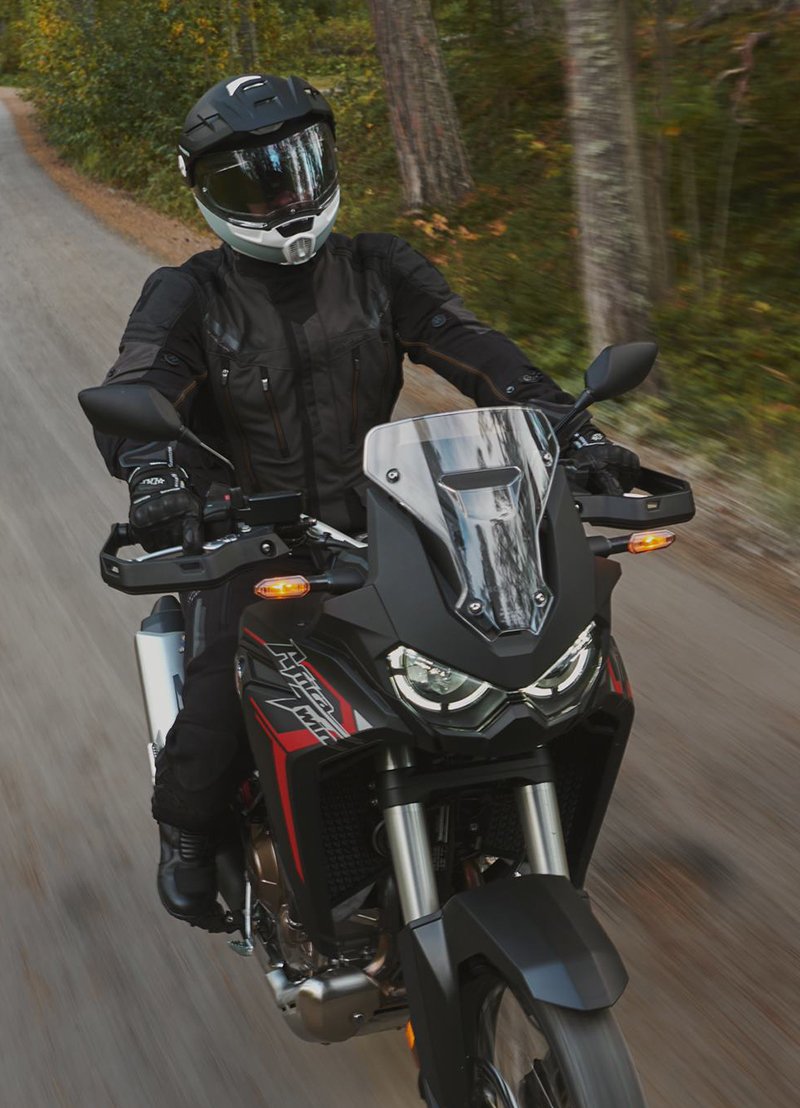
Now our ability to be relaxed on the bike can be affected by a lot of things. But foremost amongst these factors are the wet, the heat and the cold. If we get too hot, if we get too wet or if we get too cold we put ourselves in a position where we cannot concentrate on what is going on around us. And if traditional methods of insulation do not allow us to ride comfortably in cold conditions, then it makes sense to look at heated clothing.
A lot of experienced bikers simply hate electric clothing. It is considered by many not to be the done thing. And we think this is horse shit. None of these people would dream of buying a car without heating or air conditioning, so why reject something that will help you feel comfortable on the bike? It’s out-dated, macho nonsense. Riding a motorcycle can be a dangerous business, and you can’t ride safely if you’re freezing your tits off!
The other nonsense that is talked about heated clothing is that it is complicated, cumbersome and a real faff to wire into the bike. Well conceivably, in the early days, that might have been a consideration, but today’s electrical clothing really is child’s play.
The principle is the same with all brands. The jacket will be lined with heating elements of some description. There will be a wire that hangs down from the jacket, and this will need to be attached to a harness that simply attaches to the negative and positive terminals on the bike’s battery. Beyond that, there’s not much more you need to do.
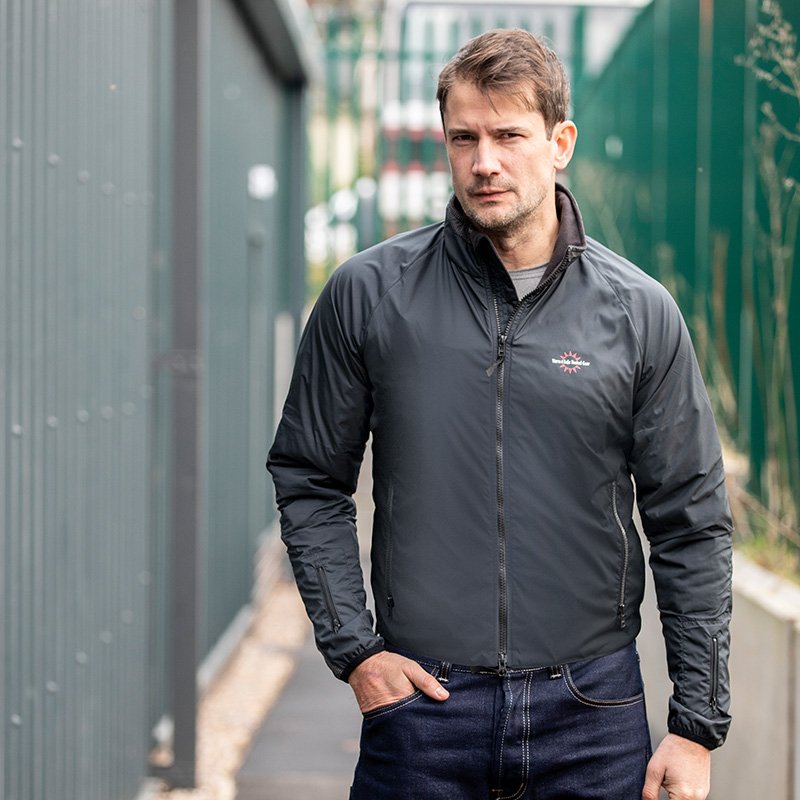
Most brands of heated gear will come with a heat controller that adjusts the heat in the jacket via Bluetooth. There are no extra wires. Simply attach the controller to the bike, or keep it in your pocket. One brand, Macna, we have started working with recently needs no separate controller at all. The heat can be adjusted via a button on left breast of the jacket, or via an app. that you download onto your phone.
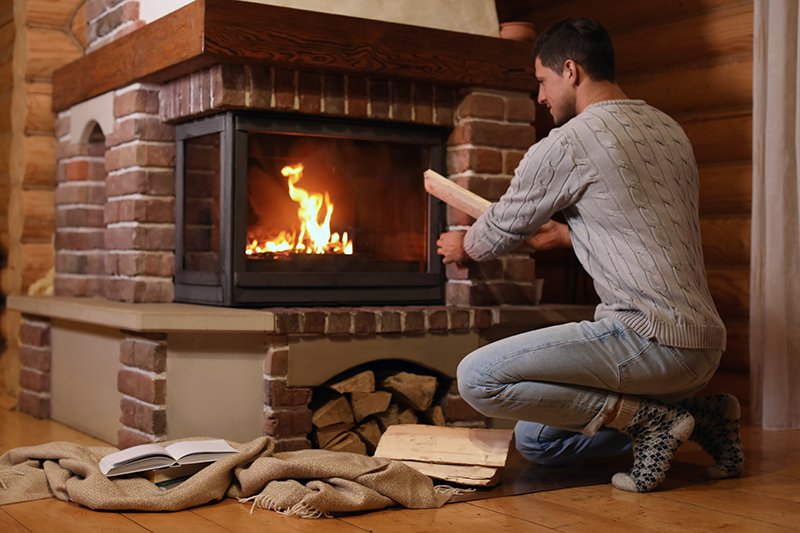
If you have never ridden in heated clothing you will be amazed at the difference that it can make to the riding experience. Nobody who has ever ridden a motorbike will have escaped feeling cold. It goes with the territory. But with a heated jacket you will never feel cold again. Even if you are on the bike for hours and hours on end, that heat source will be constant. You are not facing a battle to see if you can reach home before you become a frozen block of ice. You can arrive home in the evening feeling as warm as you were when you left home in the morning.
Of course, a jacket will only cover your torso, and there are clearly other parts of the body that can get cold. Nevertheless, it is true to say that if your core is kept warm, warm blood will be pumped around the rest of the body. I am not suggesting that if your core is warm you will be warm everywhere, but if your core is warm then the other extremities will get less cold.
There’s another important reason to wear a heated jacket. We’ve already spoken about the fact that when we get wet on the bike, we start to lose body heat, because heat escapes from the body far faster through a wet medium than through a dry on. Well, when you wear a heated jacket, your body will never get wet. And that’s because any water that finds its way through your outer jacket gets heated up and evaporates. So whilst a heated jacket can be a godsend when it’s cold, when it’s cold and wet it can be a veritable life saver!
In our view, the best heated clothing comes from the American brand Warm and Safe. It produces huge amounts of heat but is thin enough to wear under any jacket without adding huge bulk.
Everything that applies to the upper torso in terms of keeping warm applies equally to the legs. That is to say that layers, liners, membranes and heated leggings can all be brought to bear.
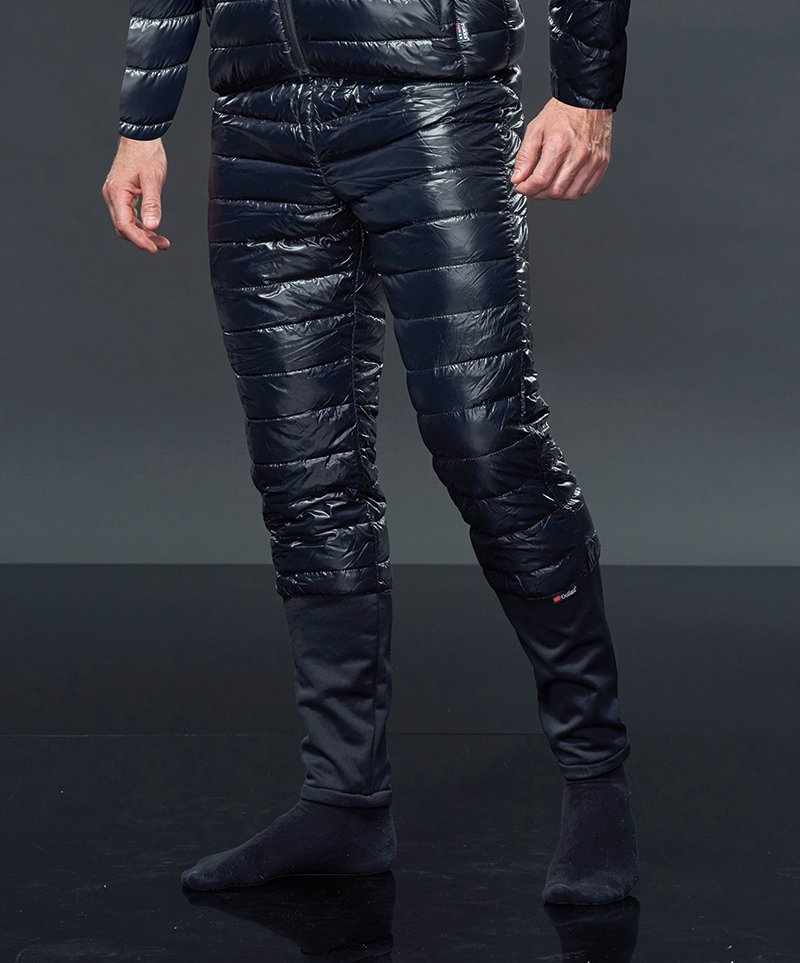
Sometimes we don’t feel the cold as much in our legs as we do in our upper half and, as we have explained, if we are keeping our core warm we are pumping warm blood into our legs and the rest of our body.
In some cases the heat from the engine can also serve to keep our legs warm.
A lot of heat can escape through our fingers. There’s often not a lot of fat in our fingers to insulate them, and as we ride on a cold day, our fingers present a large surface area of skin to the oncoming torrent of cold air.
There is no part of our body that is comfortable when you ride a bike in the cold. But cold hands can be particularly debilitating. You can’t ride well when you can’t feel your hands, and what’s more your ability to use the controls will inevitably be affected.
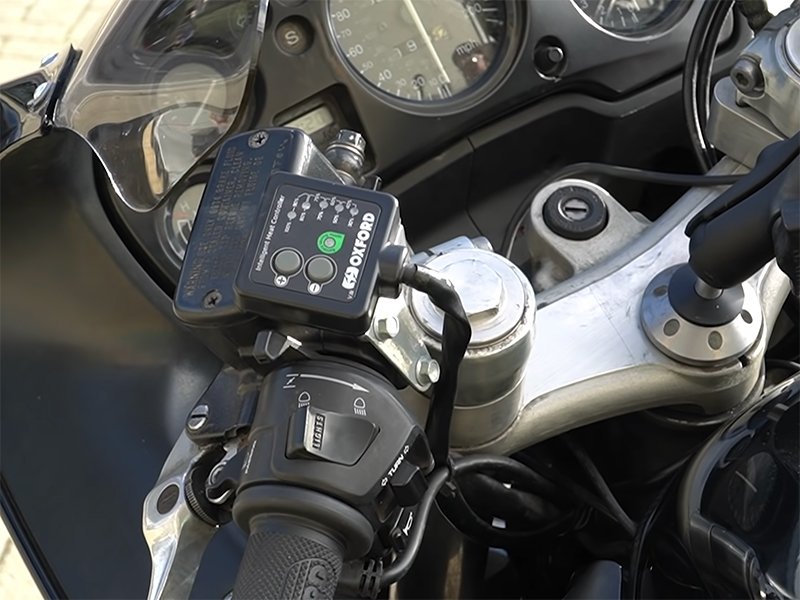
In our view, heated handlebar grips are a mandatory if you’re riding in any kind of chilly weather. Like heated clothing, they provide constant heat however long you ride for. No glove, not even the heaviest duty winter glove, can come close to matching the warmth generated by heated grips. Especially on a long journey. Be aware, though, that heated grips work better out of town than in, where you will often have your fingers wrapped around the cold metal clutch and brake levers. Another add on that can help your hands stay warmer is handguards. They weren’t originally designed to do this, but they are quite effective at keeping the wind off. On the right bike, hand guards look fine.
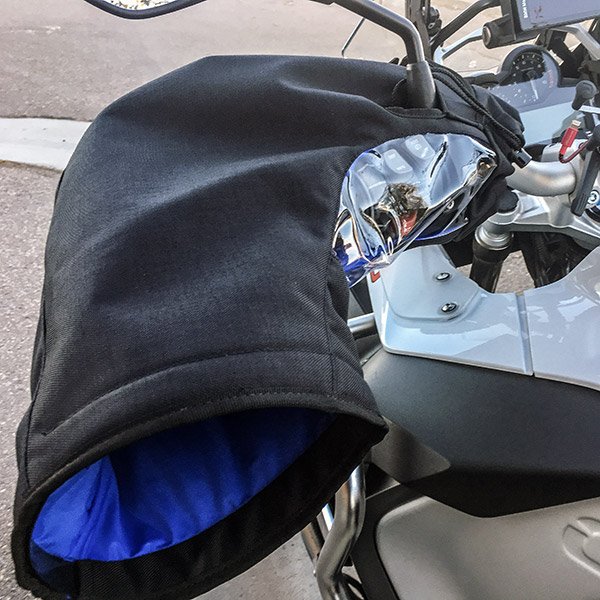
On the subject of looking right, there are also handlebar muffs, which don’t. They are popular with scooterists and couriers. And, for many people, the appeal is that you don’t have to wear gloves at all. I see this a lot in Central London. Muffs work, I’m sure. But they are a style ‘faux pas’ for many, and that’s without thinking about what happens, without a glove, when you crash and put your hands out to break your fall. Ouch!
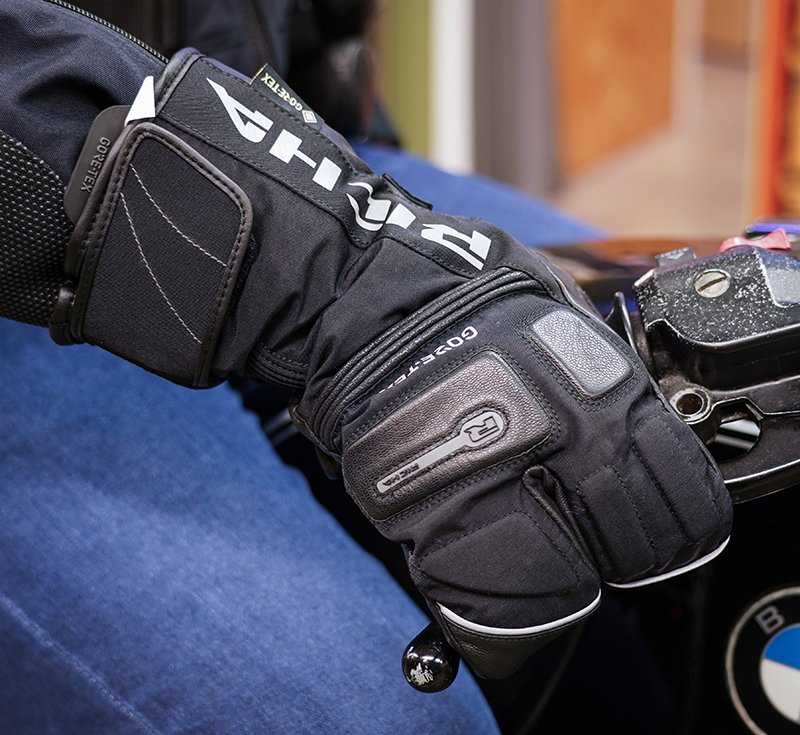
Obviously, in cold conditions, you are going to want a pair of insulating winter gloves. They are not necessarily nice to ride in, but they do a job. There are lots to choose from. But a couple of hints and tips. Make sure they are not too tight. You need a layer of air between the hand and the glove to trap the warmth from your hand. Another problem is that if a winter glove is too tight, you will pull the lining out because even on a cold day your hands will sweat, and this will cause the hand to stick to the fabric.
One thing you can also try, if you want extra warmth, is an inner glove. They work, but only if there’s enough room in the outer glove to accommodate them. A silk inner glove will greate extra heat through friction with the skin. Another style of inner glove is made from a windproof fabric like Infinium. These will work better at higher speeds.
Numb fingers. Most of us have experienced dead fingertips. Your fingers will feel like you have got frostbite. It is very unpleasant and removes any pleasure from the ride. When this happens, people often assume that there’s something wrong with their gloves, but more commonly we have simply selected a glove that is too short in the fingers. If, when you wrap your hand around the grips, your fingers touch the insides of the of the glove you will have a problem because that will restrict the blood flow to your finger tips. And when it’s cold it’s the blood flow that stops the fingers from going dead. That’s what causes the feeling of numbness. Remember, you’re buying gloves to stay warm on the bike; not to give you the feel you need to drive an F1 car. Buy gloves with space around the hand and extra length in the fingers.
Finally, mittens or two-compartment gloves. They are not to everybody’s liking. They look a bit weird, but they work. The fingers warm one another up, they present less surface area to the wind and they way the gloves are designed means that there’s normally a lot of air space to trap the heat generated by the hand and fingers. Still don’t like them? Fair enough; just don’t ever moan about having cold hands!
The ultimate solution is heated gloves, but there are some issues. In our view, none of the electric gloves with a small, portable 9 volt batteries really work. There is not enough power to generate enough heat for long enough. They might work on a short commute or ride, but after a couple of hours on the highest setting, there won’t be much left in the tank.
The ultimate solution, of course, is an electric glove that wires into the bike. Frankly, the problem is that, whilst heated gloves generate large amounts of heat, they are not necessarily great, or particularly protective, gloves in their own right. There is, however, another issue with many heated gloves. The heating elements end up warming the outside air every bit as much as they do the hands. Finally, heated gloves can be a major faff from a wiring perspective, unless they wire into the sleeves of a heated jacket. If they don’t plug into the jacket, the wires have to run up the sleeves and out of the back of the jacket. And most of us haven’t had to walk around like that since our mum’s sewed elastic onto our mittens at kindergarten.
The best solution, in our view, is an electric inner glove. These you wear inside your outer glove. A number of manufacturers do these. We happen to be particular fans of those from Warm & Safe because the heating elements literally run in between the fingers. But then we’re a little biased! The issue of plugging them into the jacket still applies, however.
Not too much that one can do to keep your feet warm, other than the basics.
First thing, obviously, is a waterproof boot for all the reasons we have discussed with regard to jackets, gloves and so on.
The only other thing one can do is wear a better, warmer sock. And what this means is a good-quality, heavier merino sock. A merino sock will keep your feet dry, and we know that’s good. And it will be good at trapping heat.
If your torso is warm, and the heart is pumping warm blood around the body, a good pair of merino socks should be enough.
Yes, there are electric socks, and if you really do ride in the most extreme conditions this will be the answer. But we’re potentially talking about a lot of wires here. Wires connecting the jacket to the gloves, wires connecting the jacket to the pants, wires connecting the pants to the socks. You’ve got to really have cold feet to go in this direction. But if do you get freezing cold feet, this may be the way to go!
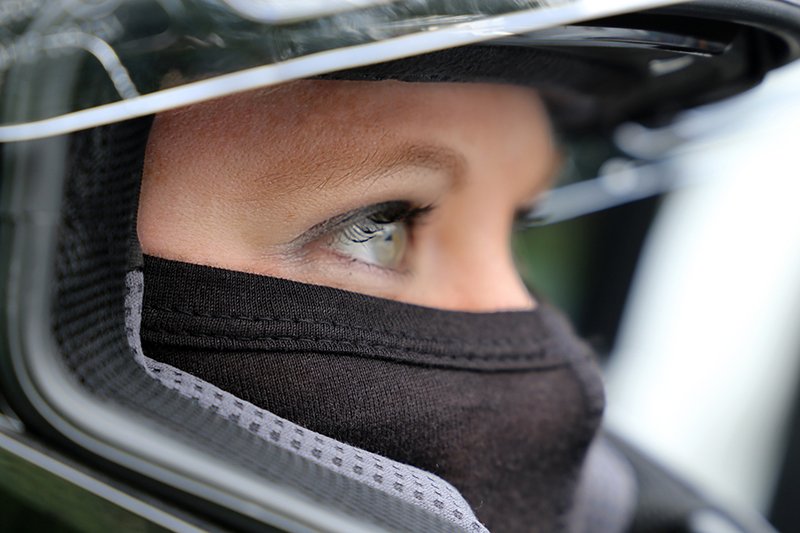
Contrary to popular belief, the head is not a significantly greater source of heat loss than other parts of the body; and particularly so if the head is encased by a helmet, as it always should be!
But obviously the situation can be improved with a balaclava; and indeed there’s a huge array of different styles and weights on offer. These will stop heat escaping from the head, but a good balaclava will also often incorporate a neck collar. A neck collar can also be bought as a separate item, but in all cases a collar will reduce the impact of the cold air at 70 mph.
Unfortunately, nobody has yet produced a heated helmet. But the way we see it, it’s only a matter of time!
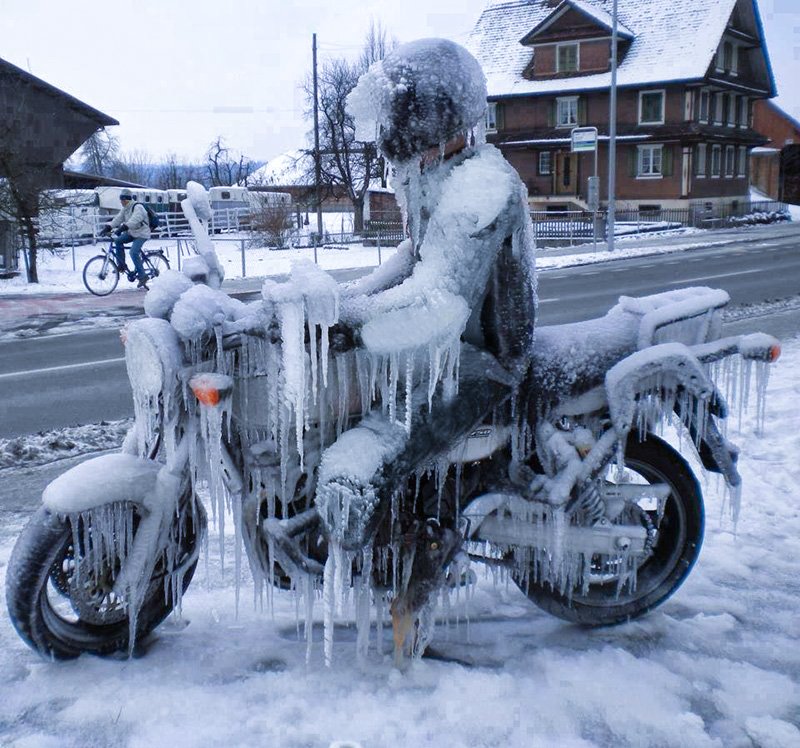
So, with this article and its accompanying video, and our previous one on staying dry, you should have all you need to know about how to stay both warm and dry on a motorcycle.
At times, I have to admit that some bikers baffle me. It’s as though some derive a kind of perverse joy from being miserable and uncomfortable on the bike.
I suspect there may be a bit of machismo going on out there. Old school bikers wanting to perpetuate the myth that they are made of sterner stuff. At times, I think some of these guys resent the new breed of biker who doesn’t take the engine apart when he hears a rattle. Some of them, I imagine, are just too inflexible and set in their ways to adopt new habits.
But the bottom line is this. Whether you ride for fun or you ride for work, you need to be able to ride in a relaxed and comfortable manner. You can’t ride safe if you’re too hot, too cold or too wet. I love motorcycles and motorcycling, but I have a healthy respect for them because, when it goes wrong, you simply don’t have the level of protection you enjoy when you have an accident in the car. Even a low-speed accident can leave you with the kind of injuries that can keep you from doing the things you want to do. Even if only for a short time. Accidents at higher speeds don’t bear thinking about.
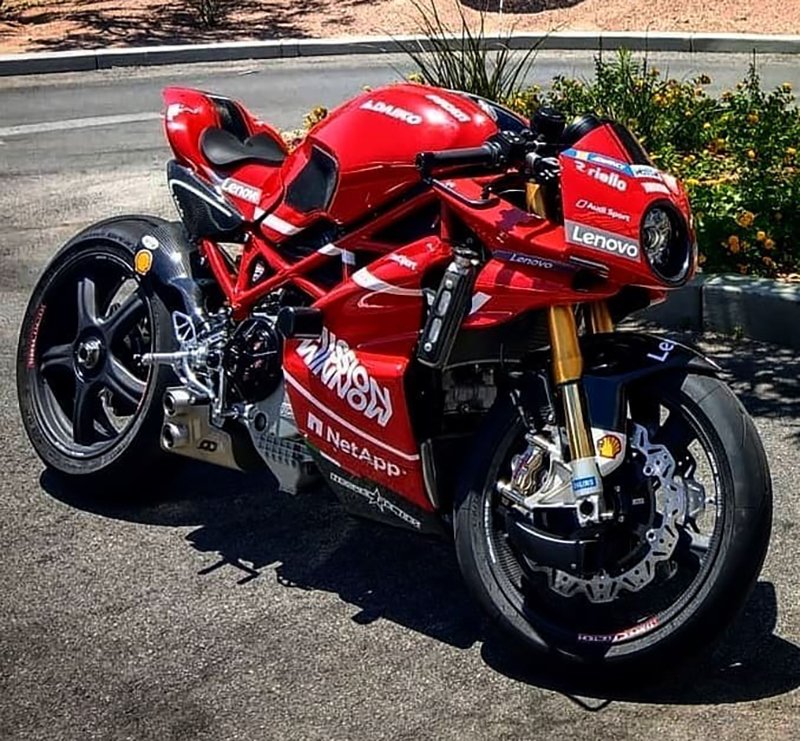
A lot of motorcyclists invest a huge amount of time and effort into their bikes, often equipping them with all the available extras: exhaust systems, upgraded suspensions, better tyres, more comfortable seats, and the like. And that’s fine by us.
But you can have the fanciest, most advanced, most expensive bike in the world, and riding can still be an exercise in total misery if you’re not properly protected from the elements. There are few things that most of us do in our day-to-day lives that expose us so nakedly to danger. Bikes are wonderful, but there’s a downside. And by making sure you are always properly attired you can make a significant difference to how well and safely you ride.
And that’s the point. Riding a motorcycle can be a lot of fun, but ultimately we all want to get home in one piece. What you wear can make make a huge difference to this eventuality. The gear you ride in may not seem as exciting as a new exhaust system or as sexy as some replacement, race-bred tyres. But wearing the right gear is way more important.
Share this story
































































